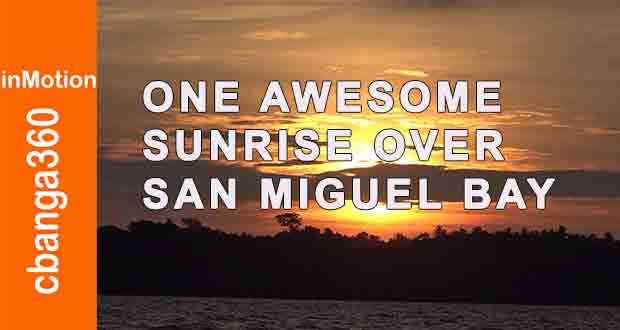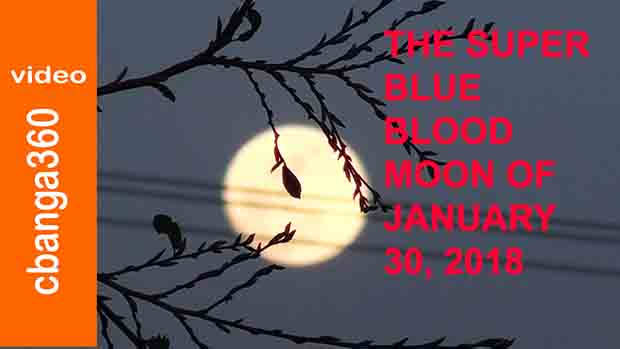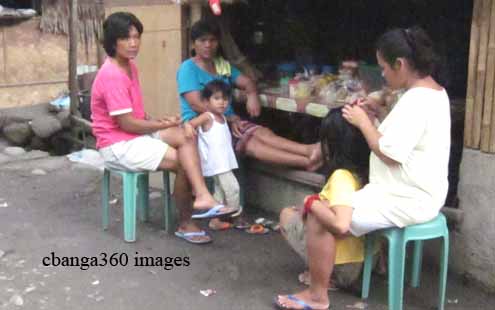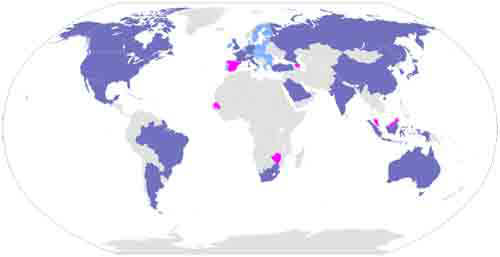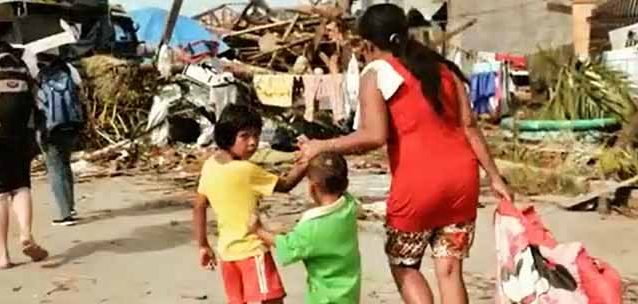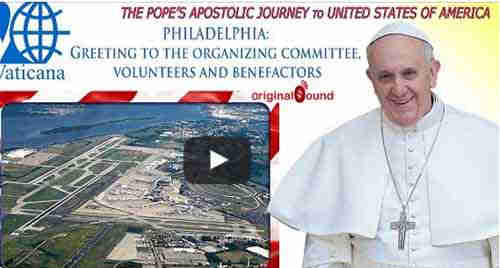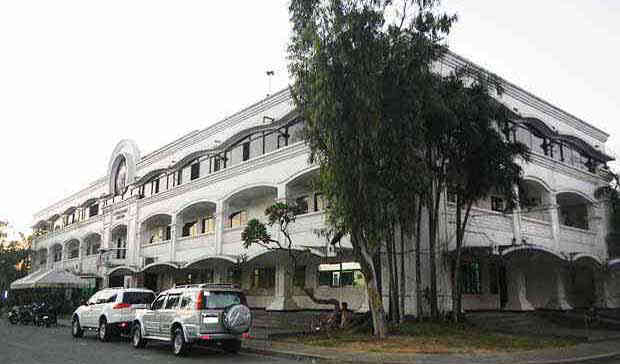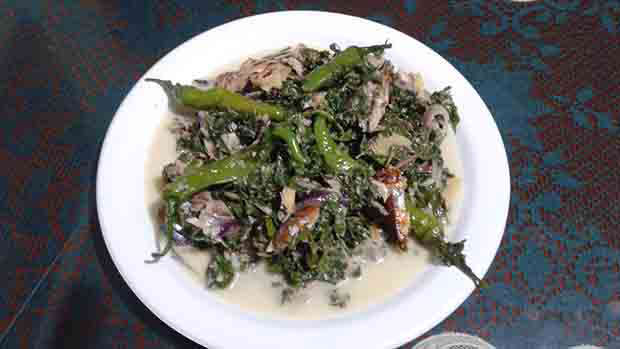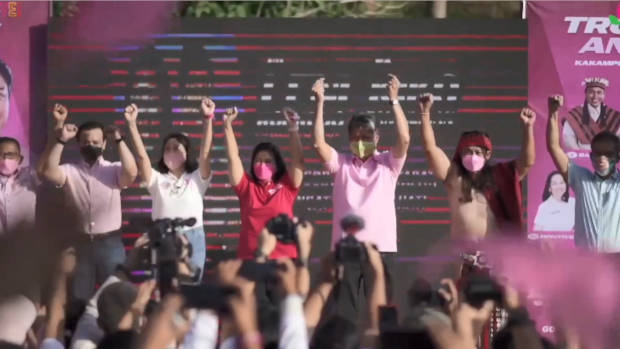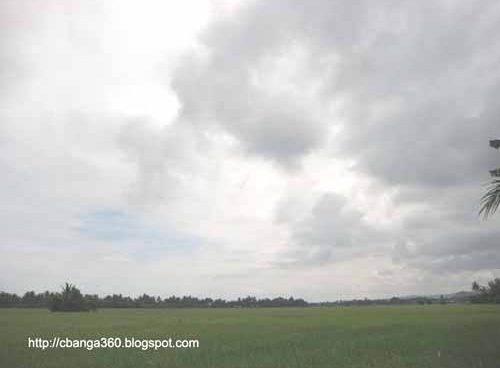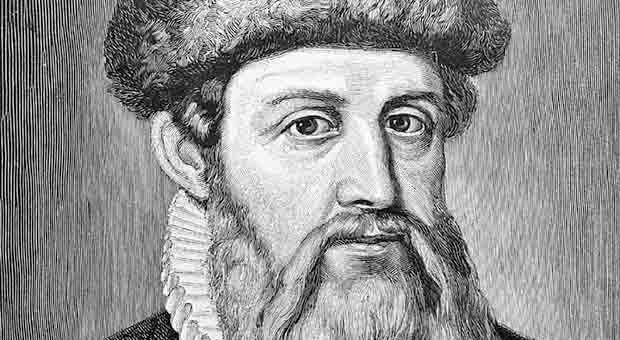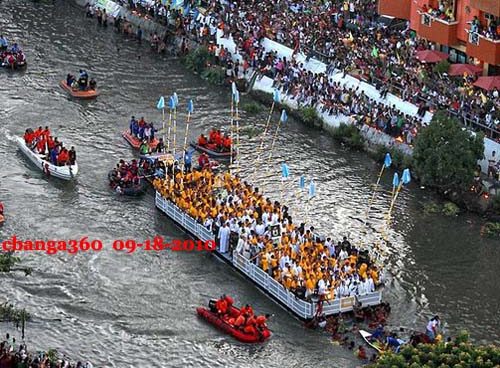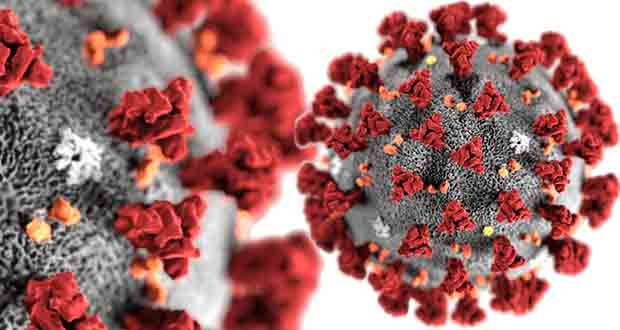
Albay folks get the assistance of divers from various government agencies and civic organizations in laying out over the weekend a 65-meter-long artificial coral reef shaped like a rosary about 20 feet underwater off the coast of San Vicente and Pandayan, a kilometer from the town proper of Sto. Domingo.
Environmentalists from civil society organizations, church, the academe, government agencies, and provincial and town officials braved the gloomy weather in submerging world’s largest underwater rosary-shaped coral reef.
The venture is a project of the Legazpi and Daraga chapters of the Junior Chamber International to restore the coral reefs in the Albay Gulf, a major source of marine products.
The coral reef is in honor of the “Our Lady of the Most Holy Rosary,” the patroness of the local parish here.
Before the project launch, healing priest Fr. Momoy Borromeo, Albay Governor Joey Salceda and town Mayor Herbie Aguas led a procession of the image of the Our Lady of the Most Holy Rosary, joined by hundreds of project participants and residents here.
Borromeo also prayed over and blessed the four zones — north, south, east and west — of the coral reef’s “rosary beads.”
Engineer Martin Reynoso, JCI executive vice president and project officer, said the coral reef’s structure was put underwater by at least 20 scuba divers in about five hours.
The rosary-shaped coral reef is composed of 60 coral beads and a five-meter cross set up at a 300-square-meter area by divers from the Bicol Scuba Divers Foundation, Inc., Philippine Navy, Philippine Coast Guard and JCI.
The coral beads and cross were implanted with 65 micro solar panels on concrete structure with wires, lead conductor and glass jar, to produce electric-propagated corals which are less prone to algae attacks.
Reynoso said, adding the 60 concrete coral beads represent the mysteries of the Holy Rosary — Joyful, Glorious, Sorrowful, and the Mysteries of Light.
A fourth class coastal town in Albay with 32 villages, Sto. Domingo has a population of 32,414.
It is known for its scenic long stretch of black sand-carpeted beaches. It has a number of beach resorts — from modest to more luxurious ones — that have complete bathing facilities, good food, cottages and convention halls which are drawing tourists and visitors.
Aguas hopes the project will definitely be an added tourist attraction for underwater enthusiasts or divers, or even to ordinary travelers, and make their town a pilgrimage site for Holy Rosary devotion.
He added that aside from the coral reef project, the municipality will develop an eight-square-kilometer fish sanctuary that would cover the shorelines of Baranqays San Vicente, Pandayan, Del Rosario and San Juan.
This cluster of villages, he said, will be declared as a “no fishing” ground.
Salceda cited the coral reef project complementing the measures undertaken by the provincial government for rapid marine assessment survey to check the status of corals in Albay, and consequently, come up with and implement measures to restore and protect coral reefs in the Albay Gulf.
“The project will be a significant boost to ecotourism and sustain the management of marine ecosystems with the restoration of coral reefs and associated habitats,” he said.
He pledged a P1-million fund to finance the organization of fisher folk into a cooperative in Sto. Domingo.
The coral reef propagation and restoration also form part of the tourism development program under the Cagraray, Rapu-Rapu, Batan and San Miguel or CRABS++ area of the province.
Reynoso said the innovative project utilizes micro solar pads as technology.
The coral reefs electrification process helps corals grow up to five times faster and be resistant to coral bleaching and algae, he added.
He said at least P200,000 was spent to operationalize the technology, which allows corals to be grown on-site or off-site for easy propagation. (PNA)
- Eco-airport of Bohol Panglao International opens for commercial flights - November 30, 2018
- Award for Mocha came from alumni group, not from UST - January 22, 2018
- Delos Santos stays as BuCor chief despite resignation, but for a while - July 17, 2017



































